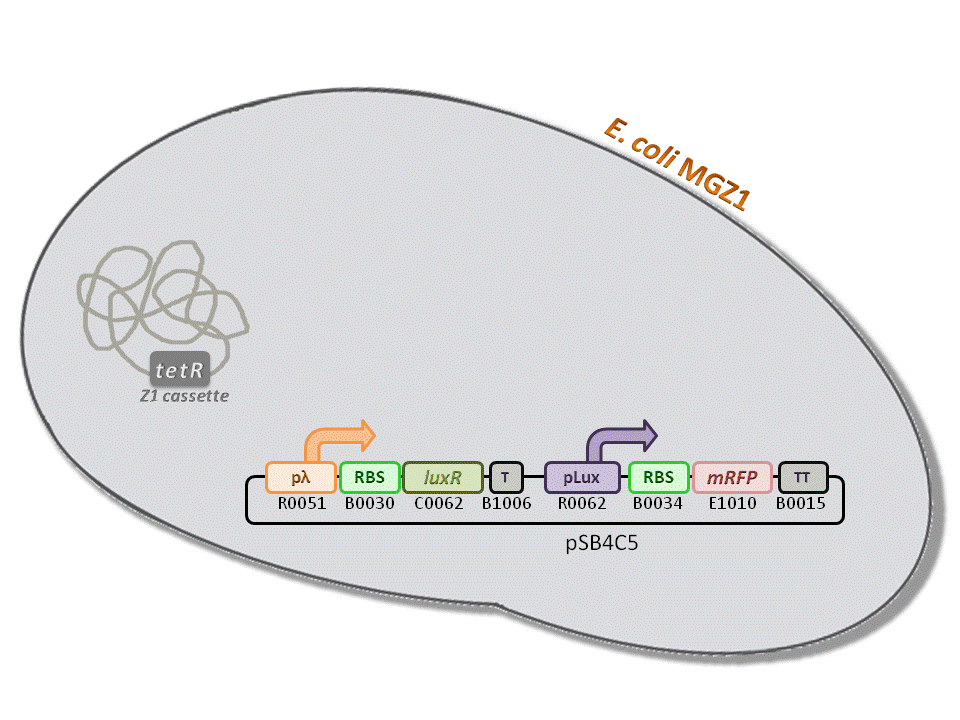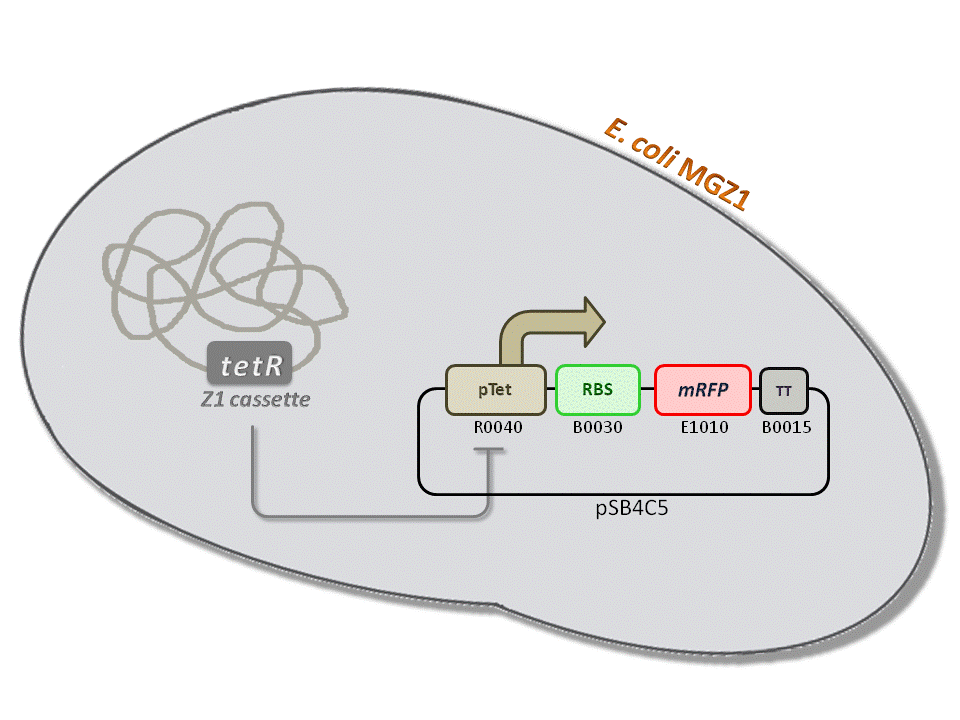|
|
| (21 intermediate revisions not shown) |
| Line 5: |
Line 5: |
| | </h2> | | </h2> |
| | <div class="cleared"></div> | | <div class="cleared"></div> |
| - | <div class="art-postcontent">
| + | <div class="art-postcontent"> |
| | | | |
| | | | |
| Line 16: |
Line 16: |
| | <div style='text-align:center'><div class="thumbinner" style="width:100%;"> | | <div style='text-align:center'><div class="thumbinner" style="width:100%;"> |
| | <a href="https://static.igem.org/mediawiki/2011/f/fc/QS-based_control_system.png"><img src="https://static.igem.org/mediawiki/2011/f/fc/QS-based_control_system.png" | | <a href="https://static.igem.org/mediawiki/2011/f/fc/QS-based_control_system.png"><img src="https://static.igem.org/mediawiki/2011/f/fc/QS-based_control_system.png" |
| - | class="thumbimage" width="100%"></a></div></div> </div></div> | + | class="thumbimage" width="100%"></a></div></div> </div> |
| | </td> | | </td> |
| | </tr> | | </tr> |
| | </table> | | </table> |
| | | | |
| - | | + | <table width='100%'> |
| - | <nowiki><div class="art-postcontent"><h1><span class="mw-headline"> <b>Data For Our Favorite New Parts</b> </span></h1></div></nowiki> | + | <tr> |
| | + | <td> |
| | + | <div><h1><span> <b>Data For Our Favorite New Parts</b> </span></h1></div> |
| | <div style="text-align:justify"> | | <div style="text-align:justify"> |
| - | <br><br>
| |
| | </div> | | </div> |
| | + | </td> |
| | + | </tr> |
| | + | <tr> |
| | + | <td> |
| | + | <div><h2><span> <b>BBa_K516210</b> </span></h2></div> |
| | + | <div style="text-align:justify"> |
| | + | </td> |
| | + | </tr> |
| | + | </table> |
| | | | |
| | + | <br> |
| | | | |
| | | | |
| - | <nowiki><div class="art-postcontent"><h2><span class="mw-headline"> <b>BBa_K516210</b> </span></h2></div></nowiki>
| |
| - | <div style="text-align:justify">
| |
| - | <br>
| |
| - | </div>
| |
| | | | |
| - | <div class="listcircle">
| |
| | <table align='center' width='100%'> | | <table align='center' width='100%'> |
| | <tr> | | <tr> |
| Line 48: |
Line 54: |
| | | | |
| | <p align='justify'> | | <p align='justify'> |
| - | <A HREF="http://partsregistry.org/wiki/index.php/Part:BBa_K516210">BBa_K516210</a> (p<sub>Tet</sub>-RBS30-LuxI) - HSL synthesis device, aTc inducible. <br> This is one of four systems with different RBSs (output modulation) tested to quantify the produced HSL. The results obtained by testing this part allowed the identification of important model parameters to predict the behavior of the whole CTRL+E circuit. | + | <A HREF="http://partsregistry.org/wiki/index.php/Part:BBa_K516210">BBa_K516210</a> <b>(p<sub>Tet</sub>-RBS30-LuxI) - HSL synthesis device, aTc inducible.</b> <br> This is one of four systems with different RBSs (output modulation) tested to quantify the produced HSL. The results obtained by testing this part allowed the identification of important model parameters to predict the behavior of the whole CTRL+E circuit. |
| | </p> | | </p> |
| | | | |
| Line 73: |
Line 79: |
| | </table> | | </table> |
| | <p align='justify'> | | <p align='justify'> |
| - | <A HREF="http://partsregistry.org/wiki/index.php/Part:BBa_K516334">BBa_K516334</a> (p<sub>Lambda</sub>-RBS30-LuxR-T-p<sub>Lux</sub>-RBS34-mRFP-TT) - 3OC<sub>6</sub>-HSL biosensor, mRFP output <br> | + | <A HREF="http://partsregistry.org/wiki/index.php/Part:BBa_K516334">BBa_K516334</a> <b>(p<sub>Lambda</sub>-RBS30-LuxR-T-p<sub>Lux</sub>-RBS34-mRFP-TT) - 3OC<sub>6</sub>-HSL biosensor, mRFP output. </b> <br> |
| | This is one of the four biosensors (different RBSs) built and characterized. This measurement system senses the HSL concentration in the medium and responds with an RFP output. Several RBSs have been used to modulate the output range. This is a simple measurement system, used to identify important model parameters used to simulate the behavior of the whole circuit. | | This is one of the four biosensors (different RBSs) built and characterized. This measurement system senses the HSL concentration in the medium and responds with an RFP output. Several RBSs have been used to modulate the output range. This is a simple measurement system, used to identify important model parameters used to simulate the behavior of the whole circuit. |
| | </p> | | </p> |
| Line 98: |
Line 104: |
| | <br><br> | | <br><br> |
| | <p align='justify'> | | <p align='justify'> |
| - | <A HREF="http://partsregistry.org/wiki/index.php/Part:BBa_K516230">BBa_K516230</a> (p<sub>Tet</sub>-RBS34-mRFP-TT) - aTc inducible, mRFP output <br> | + | <A HREF="http://partsregistry.org/wiki/index.php/Part:BBa_K516230">BBa_K516230</a> <b>(p<sub>Tet</sub>-RBS34-mRFP-TT) - aTc inducible, mRFP output. </b><br> |
| | This is one of the four p<sub>Tet</sub> measurement systems (different RBSs) built and characterized. This measurement system senses the aTc concentration in the medium and responds with an RFP output. Several RBSs have been used to modulate the output range. This is a simple measurement system, used to identify important model parameters used to simulate the behavior of the whole circuit. | | This is one of the four p<sub>Tet</sub> measurement systems (different RBSs) built and characterized. This measurement system senses the aTc concentration in the medium and responds with an RFP output. Several RBSs have been used to modulate the output range. This is a simple measurement system, used to identify important model parameters used to simulate the behavior of the whole circuit. |
| | </p> | | </p> |
| Line 124: |
Line 130: |
| | </ol> | | </ol> |
| | <br> | | <br> |
| - | RBSs were used for the fine tuning of CTRL+E. Different experimental conditions were assayed. | + | |
| | + | <b>RBSs</b><i> (based on Ron Weiss thesis)</i> were used for the fine tuning of CTRL+E. Different experimental conditions were assayed. |
| | <br><br> | | <br><br> |
| | | | |
| Line 172: |
Line 179: |
| | </div> | | </div> |
| | <ol><ul><br> | | <ol><ul><br> |
| - | <li><a href='http://partsregistry.org/Part:BBa_K081022:Experience'>Experience page of BBa_K081022</a> | + | <li><a href='http://partsregistry.org/Part:BBa_K081022:Experience'>Experience page of BBa_K081022</a> <b> Plambda regulated luxR generator and Plux.</b> |
| - | </li></ul></ol><br> | + | </li></ul></ol><br> |
| | <p align='justify'> | | <p align='justify'> |
| | This device has been characterized with several RBSs in order to modulate the output range. In this way, this device can be used to tightly control the expression of downstream encoded protein from a very weak production (using weak RBS) to a very intensive production (with strong RBSs). <br><br>The Hill's estimated parameters are reported in the table below: | | This device has been characterized with several RBSs in order to modulate the output range. In this way, this device can be used to tightly control the expression of downstream encoded protein from a very weak production (using weak RBS) to a very intensive production (with strong RBSs). <br><br>The Hill's estimated parameters are reported in the table below: |
| Line 254: |
Line 261: |
| | <p align='justify'> | | <p align='justify'> |
| | <ol><ul> | | <ol><ul> |
| - | <li><a href='http://partsregistry.org/Part:BBa_R0040:Experience'>Experience page of BBa_R0040</a> | + | <li><a href='http://partsregistry.org/Part:BBa_R0040:Experience'>Experience page of BBa_R0040</a> <b> TetR repressible promoter.</b> |
| | </li></ul></ol> | | </li></ul></ol> |
| | <br> | | <br> |
| Line 294: |
Line 301: |
| | </tr> | | </tr> |
| | </table> | | </table> |
| - | Data are provided as average [CV%] | + | <div align="center">Data are provided as average [CV%]</div> |
| | <br><br> | | <br><br> |
| | The operative parameters are reported in the table below: | | The operative parameters are reported in the table below: |
| Line 336: |
Line 343: |
| | <div style="text-align:justify"> | | <div style="text-align:justify"> |
| | </div> | | </div> |
| - | | + | <br> |
| | <ol><ul> | | <ol><ul> |
| | <li><a href='http://partsregistry.org/Part:BBa_K516999'>BBa_K516999</a> | | <li><a href='http://partsregistry.org/Part:BBa_K516999'>BBa_K516999</a> |
| | </li></ul></ol> | | </li></ul></ol> |
| - | <br><br>
| |
| | <p align='justify'> | | <p align='justify'> |
| | <div style='text-align:center'><div class="thumbinner" style="width:100%;"> | | <div style='text-align:center'><div class="thumbinner" style="width:100%;"> |
| - | <img alt="" src="https://static.igem.org/mediawiki/2011/e/ee/BBa_I13507.jpg" class="thumbimage" width="50%"></a></div></div> | + | <img alt="" src="https://static.igem.org/mediawiki/2011/e/ee/BBa_I13507.jpg" class="thumbimage" width="50%"></a></div></div><br><br> |
| | This vector was designed and realized in order to facilitate the cloning of coding sequences downstream of the strong promoter p<sub>Tet</sub>. | | This vector was designed and realized in order to facilitate the cloning of coding sequences downstream of the strong promoter p<sub>Tet</sub>. |
| | </p> | | </p> |
| Line 354: |
Line 360: |
| | <nowiki><div class="art-postcontent"><h1><span class="mw-headline"> <b>We've Also Characterized the Following Parts</b> </span></h1></div></nowiki> | | <nowiki><div class="art-postcontent"><h1><span class="mw-headline"> <b>We've Also Characterized the Following Parts</b> </span></h1></div></nowiki> |
| | <div style="text-align:justify"> | | <div style="text-align:justify"> |
| - | <br><br>
| + | <br> |
| | </div> | | </div> |
| | For a detailed description of all the parts characterized, please visit the <a href='https://2011.igem.org/Team:UNIPV-Pavia/Parts/Characterized'>Parts Characterized</a> wiki page. | | For a detailed description of all the parts characterized, please visit the <a href='https://2011.igem.org/Team:UNIPV-Pavia/Parts/Characterized'>Parts Characterized</a> wiki page. |

 "
"



